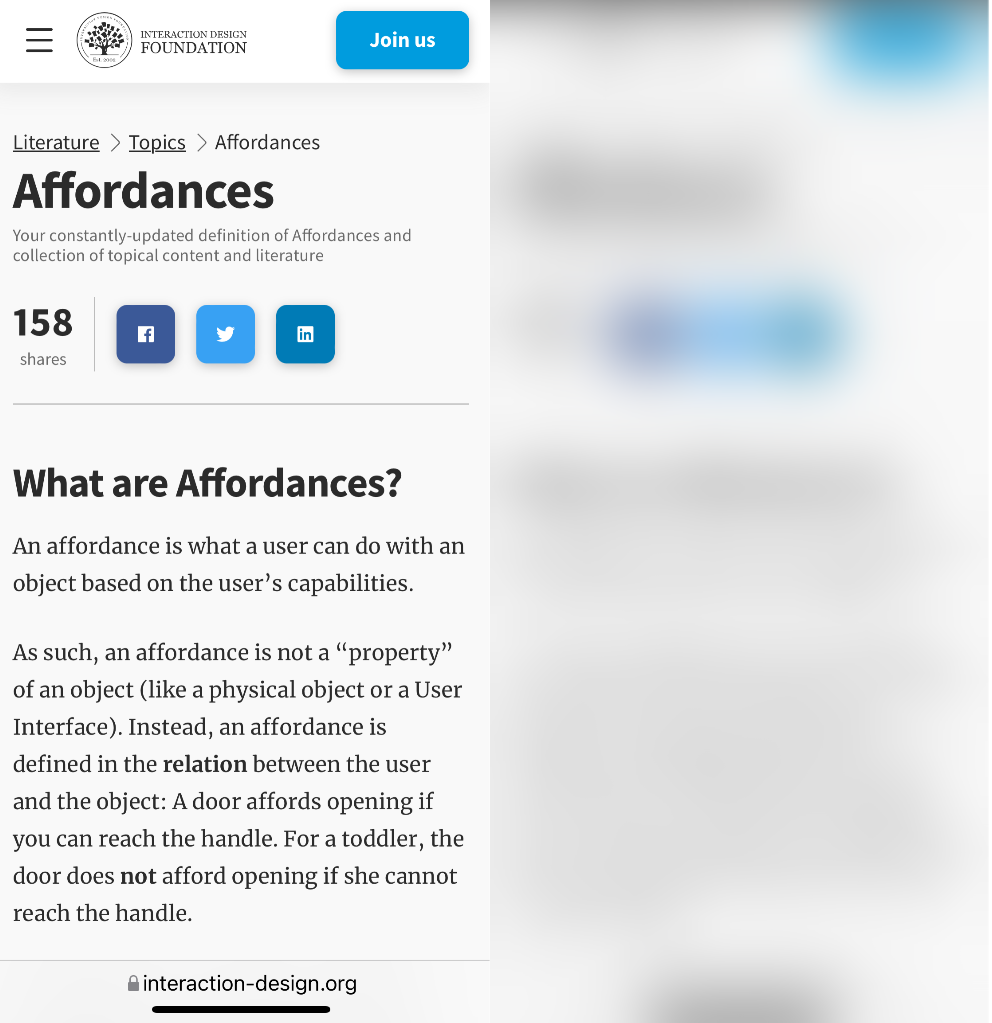Don’t perfect, enable
2 minute read
We don’t need to design perfect digital products and experiences; we need to design things that enable users.
Nexer Digital’s deep roots in human-centred design (HCD) are one of the main reasons I wanted to be part of their team long before I joined.
And now, well into 2022, I realise it’s been 20 months since I came onboard.
After contributing to our Global Accessibility Awareness Day (GAAD) event, in May 2021 – where I spoke openly about being a dyslexic designer (something I’ve rarely done until this point) – I have been reflecting on what it’s like being part of a multi-function design team.
And before I go any further, let’s get a few things out in the open:
- As a dyslexic person I struggle with digital products and services. All the time. I am that wobbly end user – the one who doesn’t (can’t) read too much text, and misses the CTAs, the instructions and other headings and hyperlinks.
- The words in the interface: I’ll mis-read those too and get myself into validation sign in and out loops, security phrase anxiety, and error message confusion.
- My dyslexia or Specific Learning Difficulties (SpLD) mean I get screen-blindness (a term I’ve coined myself) and sometimes makes me present as if I don’t know what I am doing.
- My spelling is questionable, not a great look for a person working in content.

(Left) A view of a screen (Right) A simulation of screen-blindness on the same screen.
Before I joined Nexer Digital I ran a small content design consultancy called Poe{t}ech. Being self-employed was an amazing experience. However, even pre-Covid, I had arrived at a natural challenge of capacity. As a content designer I wanted to work on big(ger) ecosystems. I wanted to research, iterate, componentise, A/B test, index, and single-source content to ensure the best words make their way to the most effective parts of the user interface.
It’s hard to work at scale when you’re operating in small associate teams. Which is why I chose Nexer Digital as my next professional home. And I came not just for the work, but for the culture too. This is the first place I’ve worked where I have felt able to talk about my struggles with reading and writing.
We humans are complicated, and making our digital tech as accessible as possible is an ongoing commitment here at Nexer Digital. The design and development of useable, meaningful tech requires the will-for-change, plus the time and investment to make change iterative and sustainable. We don’t need to design perfect digital products and experiences; we need to design things that enable users.

“The design and development of accessible, useable, and meaningful tech needs the will for change, plus the time and investment to make that change iterative and sustainable. We don’t need to design perfect digital products and experiences; we need to design things that enable users.”
Websites, apps, and online services are complicated. We carry out dynamic, multi-layered actions on them every day. User error is an expression of the nuanced relationship between personal experience and ability, and the products that have varying degrees of flex for neuro, and other kinds, of diversity.
And regardless of our commitment to human-centred design, one question worth asking is: does the perfect design exist? From my perspective the answer is a big no, it doesn’t. Nor should it ever.
What should exist are products that anyone can use. Think of a door or a window, for example. We know how to use these kinds of technologies because they’ve been around a long time. Should digital design affordance aim for the same kind of instinctive user interaction? And is a door broken, or more user-friendly, if it needs a “pull” or “push” label on it?
While we may never reach the affordance heights of the door or window, we can work towards making it easier for users to be in control of more of their digital experience. As designers we need to help users to help themselves when things go wrong.
At the end of 2021 I visited the Department of Works and Pensions (DWP) design community. I spoke about being a dyslexic designer and shared some of the features and functionalities that help me get out of the user knots my SpLD puts me in. I have been reflecting on my time with the DWP (it was an hour, but it was a mega hour for me). Being heard without judgement is a gift. Your design methods being valued by your peers is beyond anything I’ve experienced before.
As a content team we’ll be writing more this year about what helps dyslexic users like me (and, really, everyone) to use tech better without feeling they are the problem. And I chose to lay my hat at Nexer Digital because we understand that design is for humans – your users, your clients, your customers. Help them and you help yourself. Don’t be perfect, just do your best to enable. The rest will follow.
